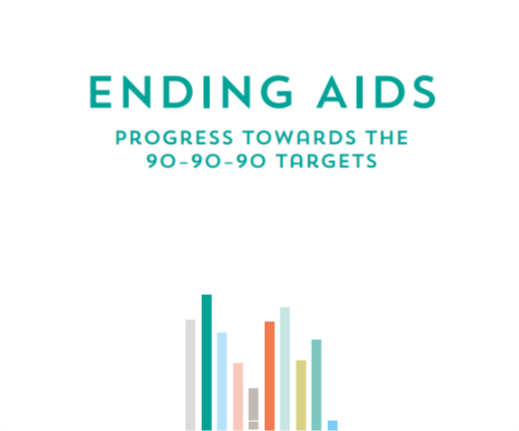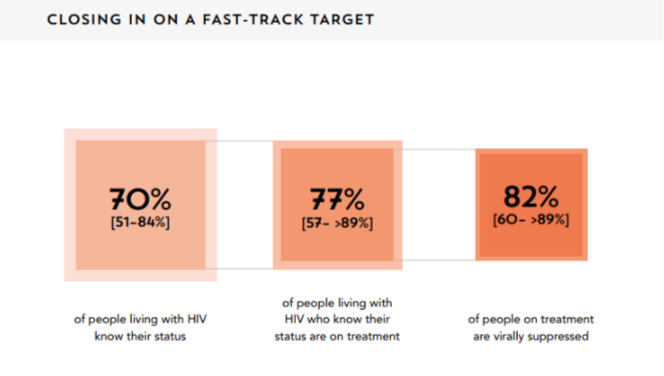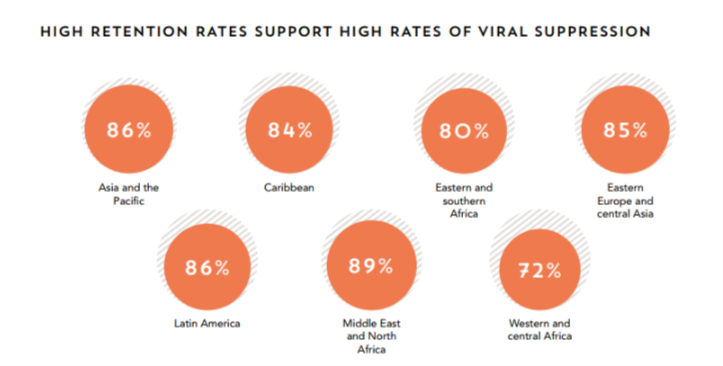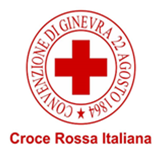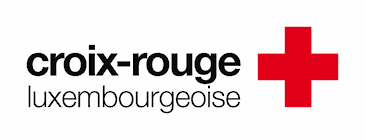Remarkable progress has been made towards achieving the 90–90–90 targets. More than two thirds of all people living with HIV—an estimated 70% [51–84%]—knew their HIV status in 2016. Among those who knew their HIV status, 77% [57– >89%] were accessing antiretroviral therapy, and 82% [60– >89%] of people accessing treatment had suppressed viral loads. Individual countries, cities and communities in a diversity of settings have already achieved the 90–90–90 targets, proving that global attainment of all three 90s by 2020 is both feasible and reachable if gaps across the HIV testing and treatment cascade are aggressively addressed.
POPULATIONS AT HIGHER RISK OF INFECTION
In high-prevalence settings, young women remain at unacceptably high risk of HIV infection. In eastern and southern Africa, for example, young women (aged 15–24 years) accounted for 26% of new HIV infections in 2016 despite making up just 10% of the population. Young women (aged 15–24 years) in western and central Africa and the Caribbean respectively accounted for 22% and 17% of new HIV infections in 2016. In lower prevalence settings, the majority of HIV infections occur among key populations—people who inject drugs, sex workers, transgender people, prisoners, and gay men and other men who have sex with men—and their sexual partners. Outside of sub-Saharan Africa, key populations and their sexual partners accounted for 80% of new HIV infections in 2015 (Figure 2.8). Even in sub-Saharan Africa, key populations and their sexual partners are an important part of the HIV epidemic: in 2015, 25% of new infections occurred among this group, underlining the importance of reaching them with services. Globally, gay men and other men who have sex with men accounted for 12% of new infections in 2015, while sex workers and people who inject drugs accounted for 5% and 8% of new infections, respectively. Furthermore, data reported by countries across the world show that HIV prevalence among key populations often is substantially higher than it is among than the general population.
MORE THAN HALF OF ALL PEOPLE LIVING WITH HIV ON TREATMENT
A major milestone was reached in 2016: for the first time, more than half of all people living with HIV (53% [39–65%]) were accessing antiretroviral therapy. More than four in five people on treatment had suppressed viral loads, reflecting high rates of retention across all regions. Data reported by 72 countries show that retention on antiretroviral therapy after 12 months ranged from 72% in western and central Africa to 89% in the Middle East and North Africa (Figure 3.15). When the gaps across the HIV testing and treatment cascade are combined, however, they translate to 44% [32–53%] of all people living with HIV being virally suppressed in 2016—substantially lower than the 73% required for full achievement of the 90–90–90 targets.
Find more information on publication below by UNAIDS
http://www.unaids.org/sites/default/files/media_asset/Global_AIDS_update_2017_en.pdf





